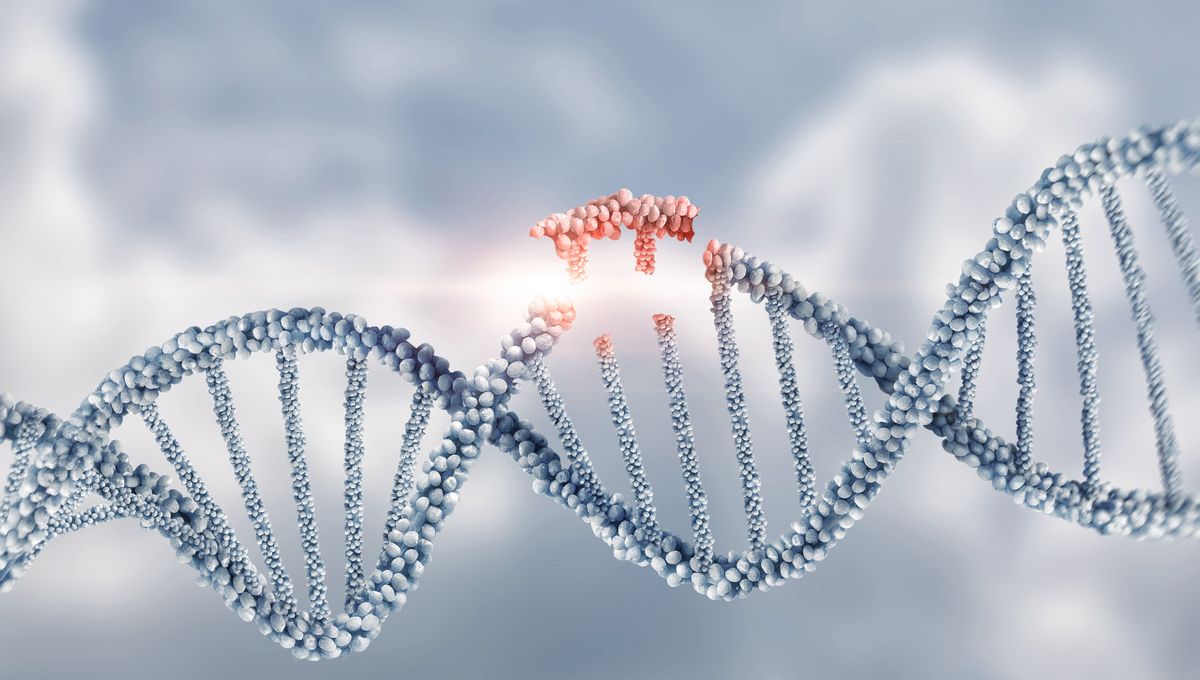A genetic editing system similar to CRISPR-Cas9 was discovered for the first time in eukaryotes – the group of organisms that includes fungi, plants, and animals. The system, based on a protein called Fanzor, can be guided to precisely target and edit sections of DNA, and could open up the possibility of using it as a human genome editing tool.
The research team, led by Professor Feng Zhang at the McGovern Institute for Brain Research at MIT and the Broad Institute of MIT and Harvard, began to suspect that Fanzor proteins could act as nucleases – enzymes that could cut nucleic acids, such as DNA – during a previous investigation.
They are looking at the origins of proteins like Cas9. This is the enzyme that is part of the CRISPR-Cas9 system. CRISPR sequences (short for clustered regularly interspaced short palindromic repeats) guide specific regions of DNA, and Cas9 makes the cut. We hear a lot about CRISPR-Cas systems and their applications in medicine and biotechnology, but you may not know that they come from bacteria, where they play an important role in immunity against viruses .
While studying Cas9 and other related proteins, Zhang’s team discovered their ancestors, a class of proteins they named OMEGA proteins. One of these, TnpB, bears a striking resemblance to a protein found in eukaryotes: Fanzor.
“Because of the conservation between TnpB and Fanzor, we had good reason to think that Fanzor is probably also an RNA-guided OMEGA nuclease. So after we finished studying OMEGA in IscB [another OMEGA protein] and TnpB, we focused on studying Fanzor,” Zhang told IFLScience.
In this latest study, the team isolated Fanzors from fungi, algae, amoebae, and the northern quahog clam. Led by co-first author Makoto Saito, the function of the proteins was characterized, revealing that they are, as suspected, DNA-cutting enzymes. Just as Cas9 is guided by CRISPR fragments, Fanzors are guided by sections of RNA called ωRNAs.
Co-first author Peiyu Xu led another set of experiments to look at the molecular structure of the Fanzor-ωRNA complex, to show exactly how the proteins interact and attach themselves to the sequence of DNA to be extracted.
How does Fanzor compare to CRISPR-Cas systems?
“Fanzor systems are more compact than CRISPR proteins and therefore have the potential to be more easily delivered to cells and tissues. Fanzor enzymes are also encoded in the eukaryotic genome within transposable elements ,” Zhang explained to IFLScience. “Unlike CRISPR systems, which are adaptive immune systems, the function of Fanzor is still unclear.”
Another major difference with Fanzor is the lack of “collateral damage”. With some CRISPR systems and TnpB OMEGA proteins, there is a risk of off-target effects, where the enzyme not only damages the desired part of the DNA but also damages nearby sections of the molecule. This does not appear to be the case with the fungal Fanzor protein that the team studied in detail.
Furthermore, although Fanzor initially appeared to be less efficient than CRISPR-Cas systems, the team was able to engineer the protein to achieve a 10-fold increase in activity.
It took years and a lot of research for scientists to begin to harness the potential of CRISPR-Cas. While this new work is an exciting development, it is still too early to fully understand what the impact will be.
“We are excited to see how the trajectory unfolds, and we continue to work hard to develop Fanzor into an important new technology for human genome editing,” Zhang told IFLScience. “Furthermore, it is very exciting to see the presence of CRISPR-like proteins in animal cells.”
“Going forward, we continue to study the biology of Fanzor proteins and explore ways we can engineer them for use as molecular technologies. We still need to engineer the enzyme to match its effectiveness of the Cas9 gold standard.”
“Besides the potential offered by Fanzor’s small scale, this work really highlights that there are likely more RNA-guided systems in nature that hold future promise for gene editing,” added Zhang. “This is another example of the power of studying biodiversity. There are likely many more interesting and potentially useful systems waiting to be discovered and exploited.”
The study was published in Nature.
#CRISPRLike #System #Animals #Manipulate #Human #Genomes















Add Comment